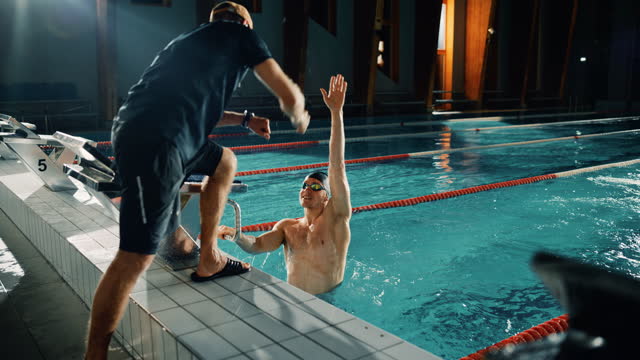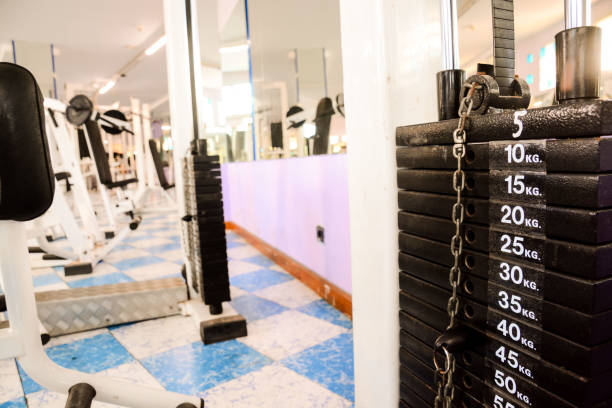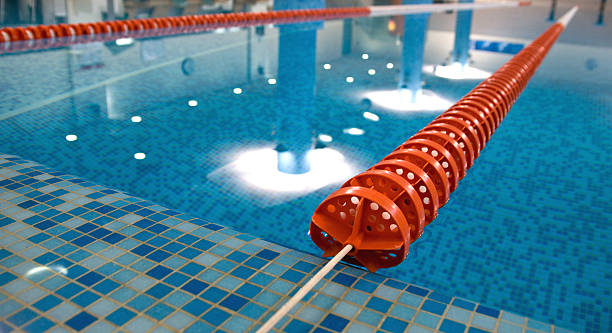
Mastering the Swimming Taper: A Comprehensive Guide
Introduction
At the cusp of a big meet, the swimming taper period becomes a crucial phase. After logging countless miles in training, the taper is the moment of fine-tuning, where the volume of work diminishes, and swimmers seek to optimize their performance. This guide aims to demystify the swimming taper, providing insights and strategies to help you make the most of this critical period.
Unveiling the Secrets of Shaving & The Swimming Taper
Enhancing Physiological Adaptations
The primary goal of the swim taper is clear: to maintain or enhance physiological adaptations while allowing the body to recover from the stresses of intense training. Shaving and tapering work in tandem, offering tangible benefits:
- Power Increase: Studies show that swimmers become 5% more powerful after a season-ending taper.
- Improved Stroke Length: Full-body shaving leads to a 5% increase in distance per stroke without compromising power output.
- Fast Twitch Muscle Activation: Tapering for 5 months results in a 2.5x increase in type IIa muscle fibers, contributing to improved performance by 3.0-4.7%.
- Speed Boost: An 11-day taper, with a 48% decrease in volume, can lead to a 1.6% improvement in 200m times.
- Strength Gains: Arm power peaks around day 20-21 of taper, with significant increases observed during weeks 1 and 3.
- Mental Well-being: Even a one-week taper brings emotional and mental benefits, reducing depression, stress, and overall mood disturbance.
Understanding Tapering Swimmer Types
The reaction to tapering is not universal. Swimmers fall into two categories:
- Late Responders: Older, sprint-focused swimmers who initially perform worse during taper but experience a delayed recovery leading to superhuman feeling later.
- Early Responders: Younger, distance-oriented swimmers who quickly adapt to added rest, feeling the positive effects early on.
Nailing Your Swimming Taper: A Personalized Approach
The duration and specifics of your taper are unique to you. Here’s a breakdown:
- Overall Volume: A meta-analysis suggests a two-week taper tends to perform best, with performance peaking at a 41-60% drop in training volume.
- Frequency: Avoid a drop of more than 20% in training frequency to maintain the feel for the water.
- Intensity: High-intensity work during taper increases red blood cell counts, glycogen stores, and mitochondrial activity, contributing to optimal performance.
Staying Mentally Sharp During Your Swimming Taper
Navigating the mental challenges of tapering is crucial. Here are practical tips:
- Relax: Embrace the mystery of tapering; accumulated fatigue is dissipating, and your body is undergoing positive changes.
- Avoid Overtraining Urges: Trust the process; resist the temptation to overtrain during taper, as added rest has its unique impact.
- Trust the Plan: Have faith in your taper plan, especially when surrounded by early responders whose confidence might spark doubt.
- Journal Your Taper: Documenting your feelings helps build a blueprint for future tapers, providing valuable insights and boosting confidence.
- Prioritize Sleep: With reduced workout volume, capitalize on increased sleep opportunities to supercharge your body.
- Focus on the Process: Swimming is about the process, not just the elusive “feeling.” Concentrate on executing the plan rather than seeking a particular sensation.
In Closing
The swimming taper is a personalized journey influenced by your training history, specialization, and response to rest. Collaborate with your coach to tailor a taper plan aligning with your goals. May the swimming taper be with you.


